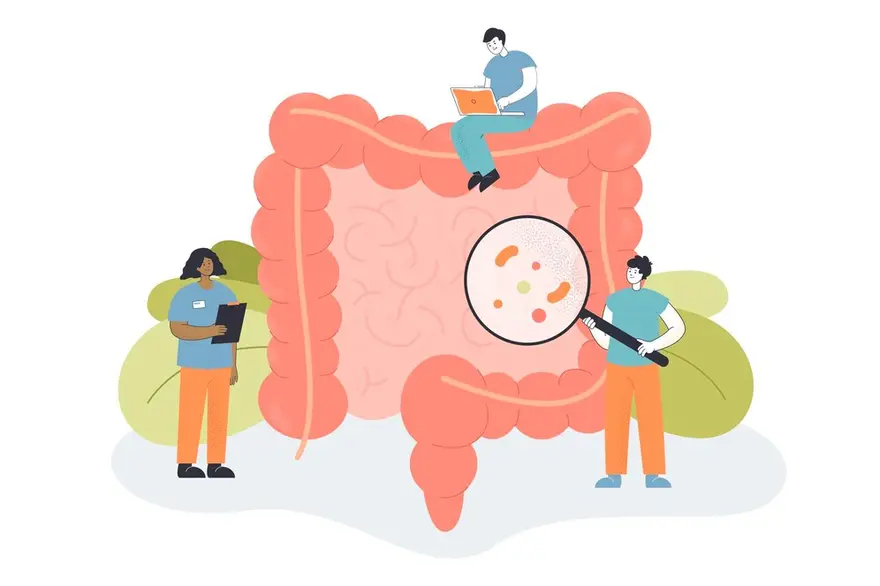Preventive Healthcare
Panic Attack and Panic Disorder: Symptoms, Causes and Treatment
2532 Views
0

What is a Panic Attack?
A panic attack is a sudden and intense surge of fear or discomfort, often accompanied by debilitating physical and psychological symptoms. A panic attack causes an individual to experience feelings of fear, apprehension, and discomfort. These panic attack episodes typically peak within minutes but can leave a lasting impact on one's well-being.
What is Panic Disorder?
Panic disorder is a mental health condition characterised by recurring and unexpected panic attacks. Unlike isolated episodes, panic disorder involves persistent worry about future attacks, leading to significant lifestyle disruptions, such as disturbed daily routine and sleep schedule.
How Common are Panic Attacks?
Panic attacks are more common than one might think, affecting around 11% of the global population, with women more prone than men.
What are the Symptoms of a Panic Attack?
Panic attack symptoms usually peak within 10 minutes after it starts and disappear soon after. Physical signs and symptoms of panic attack include:
- Chest pain
- Racing heart
- Difficulty breathing
- Trembling or shaking
- Tingling or numbness in your fingers or toes
- Chills
- Nausea
- Sweating
You may also feel:
- Intense terror
- A choking sensation
- Fear of losing control
- Derealisation (detachment from reality) or depersonalisation (feeling detached from yourself)
How Long Can a Panic Attack Last?
Panic attacks typically last around 5 to 20 minutes.
What Causes Panic Attacks?
Some of the panic attacks causes are as follows:
- Family History: Anxiety disorders, including panic disorder, are often a part of family history. If so, you are at 40% increased risk of developing panic disorder if your first-degree relative has panic disorder.
- Biological Factors: These include abnormalities in the brain's neurotransmitter levels, impacting mood regulation. Trauma or significant life changes, such as the death of a loved one, divorce, etc., can trigger panic attacks.
- Substance abuse, particularly stimulants such as amphetamines, cocaine, etc., can contribute to the occurrence of panic attacks.
- Moreover, individuals with specific phobias, such as claustrophobia, fear of closed spaces or acrophobia, fear of heights, may be more susceptible to panic attacks.
What Triggers Panic Attacks?
Panic attacks can be triggered by external factors, including overwhelming stress, significant life changes, or specific phobias. Internal triggers involve changes in body sensations, such as a racing heart or shortness of breath, amplifying anxiety. Additionally, substance withdrawal or misuse can act as triggers for panic attacks effectively.
How are Panic Attacks Diagnosed?
Diagnosing panic attacks involves a thorough evaluation by a mental health professional by conducting medical examinations, such as blood tests such as Complete Blood Count (CBC), thyroid function, and cortisol levels, to rule out physical conditions. It may ask specific questions about your panic attack symptoms, mood or behaviour patterns. If there is no underlying physical cause, the healthcare professional may diagnose according to your panic attack symptoms.
How is Panic Disorder Diagnosed?
Diagnosing panic disorder involves assessing the frequency and nature of panic attacks, along with the persistent worry about future episodes. The healthcare professional uses the Diagnostic and Statistical Manual of Mental Disorders (DSM-5), considering the frequency, intensity, and impact of episodes. Thorough evaluation distinguishes panic disorder from other conditions and informs panic attack treatment plans.
How are Panic Attacks and Panic Disorder Treated?
Effective panic attack disorder treatment involves a combination of psychotherapy, particularly Cognitive Behavioral Therapy (CBT), and medications. Psychotherapy also helps to modify thought patterns, while medications, like SSRIs and benzodiazepines, offer symptom relief.
Psychotherapy
Psychotherapy, particularly Cognitive Behavioral Therapy (CBT), is a cornerstone in treating panic attacks and panic disorders. CBT helps individuals identify and modify thought patterns contributing to anxiety. Exposure therapy, a compound of CBT, aids in gradually facing feared situations. Mindfulness techniques are also employed to manage panic attack symptoms.
Panic disorder therapy typically involves various therapeutic approaches aimed at helping individuals manage and reduce the frequency and intensity of panic attacks.
Medications
Medications are often prescribed for panic disorder. Antidepressants, specifically Selective Serotonin Reuptake Inhibitors (SSRIs) and benzodiazepines are commonly used as prescribed by the healthcare professional. SSRIs regulate neurotransmitters, alleviating anxiety over time. On the other hand, benzodiazepines offer rapid relief during acute episodes.
How Can I Prevent Panic Attacks?
A holistic approach focusing on mental and physical health supports prevention of panic attacks, including:
- Adopting stress management techniques and maintaining a sleep schedule
- A balanced diet rich in whole foods, including fruits, vegetables, lean proteins, and whole grains.
- Avoid alcohol, smoke and caffeine
- Identifying the triggers through therapy for panic attacks
What's the Outlook for Panic Attacks and Panic Disorder?
With proper panic attack treatment, the outlook for panic attacks and panic disorder is generally positive. Without treatment, people with panic disorder have a higher risk of suicidal ideation.
How Can I Stop a Panic Attack?
While the panic attack cannot be stopped immediately, however, you can take some steps to manage the panic attack symptoms until the panic attack resolves, including:
- Practice deep breaths to calm the nervous system
- Challenge negative thoughts by reminding yourself they are temporary,
- Engage in progressive muscle relaxation such as deep breathing, meditation, or yoga;
- Relax your muscles to reduce tension by tensing specific muscle groups in your body for a few seconds, then release the tension.
How Can I Help Someone Having a Panic Attack?
To support someone during a panic attack, do the following:
- Stay calm
- Encourage slow breathing
- Validate their feelings without judgement
- Offer reassurance
- Assist in finding a quiet space space
If panic attacks persist, encourage seeking professional help for ongoing support and coping strategies.
Conclusion
Understanding panic attacks and panic disorder empowers individuals to navigate challenges effectively. Recognising panic attack causes and symptoms and seeking timely intervention are steps toward a healthier life. Moreover, combining medications and preventive strategies forms a comprehensive approach, fostering long-term well-being. Together, we can dispel the stigma surrounding panic disorders and create a society that prioritises holistic well-being. Discover a path to lasting well-being with Metropolis Healthcare. With a team of 200 senior pathologists and over 2000 technicians, our comprehensive range of tests ensures precision and reliability. Trust Metropolis for accurate results, empowering you to make informed health decisions.













1701259759.webp)









 WhatsApp
WhatsApp